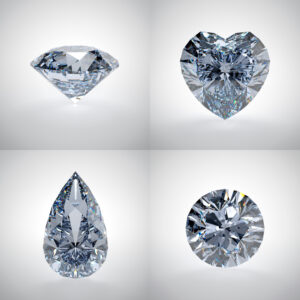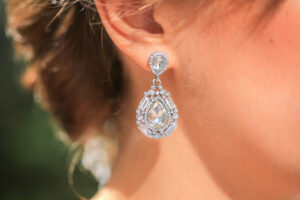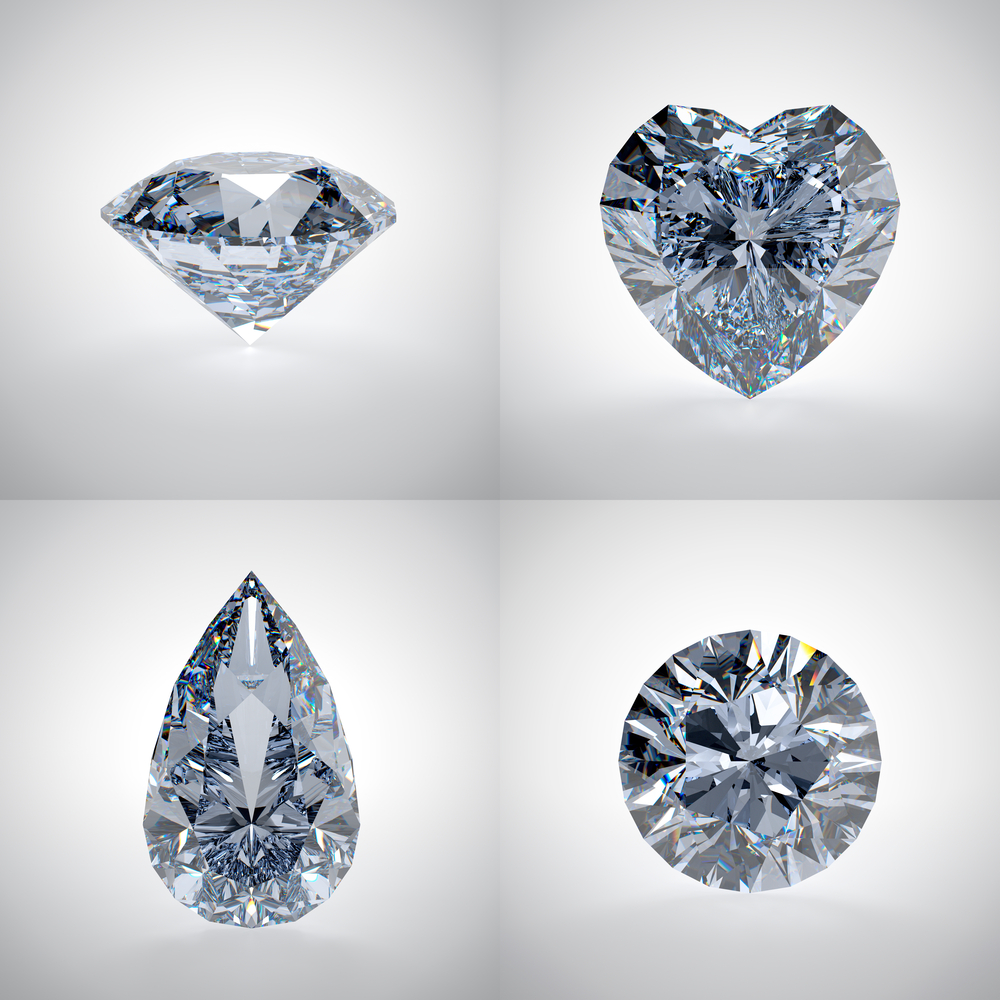
Using advanced technology, we can simulate the natural diamond growing process. The diamond thus produced in a lab is known as lab-grown diamond. It has the same properties similar to a naturally occurring diamond, both physical and chemical. Lab-grown diamonds don’t cause any harm to the environment as they do not require mining. When it comes to cost, lab-grown diamonds are less expensive when compared to natural diamonds. Lab-grown diamonds are popularly used in engagement rings.
What Is Blue Nuance?
Some lab-grown diamonds have a bluish tint, which is called a blue nuance. Some lab-grown diamonds can even have a greenish tint. Blue nuance occurs in diamonds that are lab-grown using the High-Pressure High-Temperature (HPHT) process. Not all lab-grown diamonds produced using the HPHT process have blue nuance.
Cause of Blue Nuance
Boron is sometimes used in the HPHT process for speeding up the diamond-growing process. This presence of boron is responsible for the blue nuance of a diamond.
Are Blue Diamonds And Blue Nuance Diamonds The Same?
No! They are not, but there are similarities. Both blue diamonds and blue nuance diamonds belong to type IIb. Type IIb diamonds are extremely rare and have boron impurities in their atomic level. Also, both these diamonds are conductive.
Blue nuance diamonds have a faint blue tint whereas blue diamonds have a saturated blue color. Even though blue nuance diamonds have a bluish tint, they are graded using normal color grades. The color grade varies from grade D to Z. Blue diamonds are graded just like any other colored diamonds are graded. Color grades of colored diamonds are faint, very light, light, fancy light, fancy, fancy intense, fancy vivid, and fancy deep.
Comparison of Blue Nuance and Fluorescence

Even though fluorescence and blue nuance can have traces of boron, both are different. The diamonds with fluorescence properties glow when illuminated with a UV light. Red, orange, green, and yellow glow are also possible. Diamonds with fluorescence can also contain traces of aluminum or nitrogen elements.
Is Blue Nuance A Desired Property?
Most diamond buyers prefer colorless diamonds hence they avoid diamonds with blue nuance. HPHT-developed diamonds with boron can cause issues with diamond testers, even though they are real diamonds.
A diamond with a blue hue can be unique and if you find the looks pleasing, go for it.
